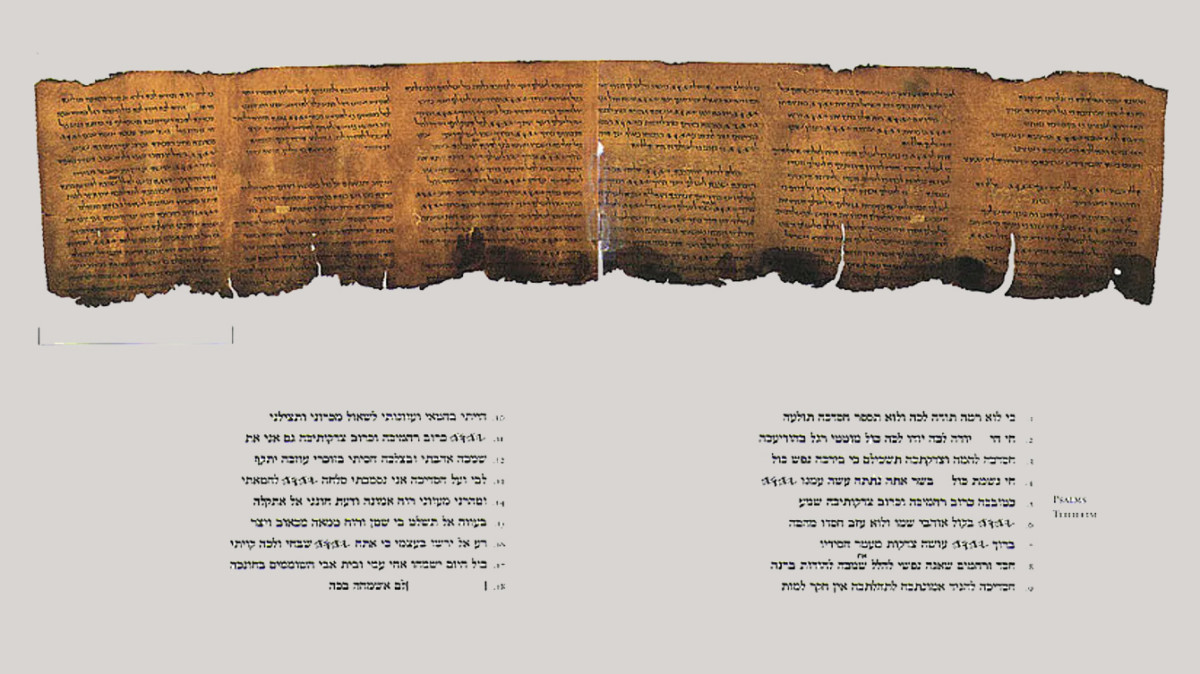How New Technologies Enliven Old Finds
It takes an expert eye to decipher old and damaged manuscripts, but even that is not enough sometimes. Recently, multispectral technology has aided researchers of the Dead Sea Scrolls to read ink invisible to the naked eye and pinpoint previously unknown texts.
First stumbled upon by a Bedouin shepherd in 1947 and then thoroughly excavated by archaeologists throughout the 1950s, the Dead Sea Scrolls are a collection of texts (mainly of manuscripts and fragments) spanning the third century BCE to the first century CE. Together, they offer the most exhaustive glimpse into the world of Second Temple Judaism. They have been extensively researched for many decades, reshaping our understanding of Judaism as it looked at the time of their authorship.
Most impressively, this investigation dealt with texts, which, while uniquely well preserved because they happened to remain in large clay jars in sealed caves, were notoriously difficult to work with. Scholars had to draw on knowledge of ancient literary and religious works, philology, and linguistics to reconstruct full texts from the fragments and impartial scrolls that remained. For all of their success, some manuscript fragments were so worn by age that the ink had become indecipherable to the naked eye. It seemed that nothing could be done to discover what they had originally said.
That is, until recently it seemed that way. At the international symposium commemorating the 70th anniversary of the first discovery of the scrolls, a team of researchers at the Dead Sea Scrolls Project presented their efforts to decipher some of these fragments using multispectral imaging. It employed a range of different lights to enhance the chemical compositions in the manuscript itself so that the ink invisible to the naked eye stands our more boldly. Initially designed for capturing images in space, it allowed the researchers to uncover the existence of a unique scroll not found in any of the other caves, as well as cast light on an old debate about the number of copies of the Temple Scroll in cave 11.
Check out this article for more information about the discovery, as well the article in the Times of Israel, which features quotes and context on the discovery from the researchers.
Please Support us on Patreon!
 The minimum level of contribution is only $1 per month.
The minimum level of contribution is only $1 per month.
Moreover, starting with the pledge level of $3, you will get a digitized vintage book about bookbinding, book history, or book arts each month from us!
These pledges help iBookBinding to continue its work and bring more information about bookbinding and book arts to you!


